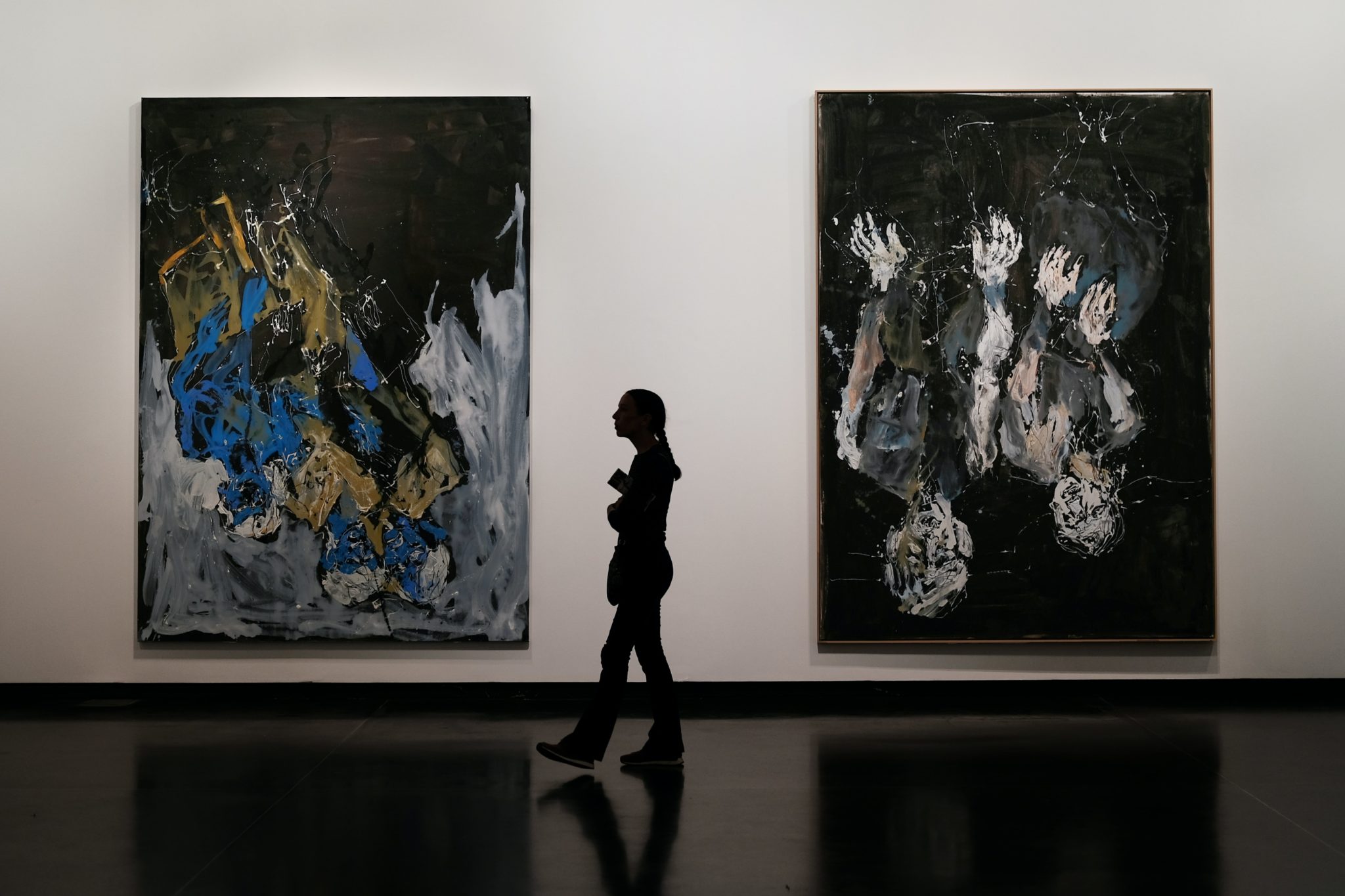There are many art worlds with many audiences, regional, national and international. Twenty years ago, there were specific art capitals around the world. In the United States, they were New York and maybe California, the rest were considered regional and of local interest. Then, in Europe, there was London and perhaps Berlin. Hong Kong and lately Beijing dominated Asia.
At one time, if you were a serious artist, you would think it almost mandatory to move to one of these art capitals, but in today’s art world, things have changed. There are now vital, self-sustainable art centers throughout the world and within each country, especially the United States.

Today, we have vital art centers in Chicago, Los Angeles, Dallas, Houston, Detroit, Miami and New York—just to mention a few in the U.S. Throughout the world, connected first by art fairs and now by the digital platforms, there are art centers internationally that operate in sync with one another, as well as autonomously.
There are also different platforms for an artist to show and to even sell their works more directly, especially in this age of COVID-19. With galleries having limited capacity, and now being less frequented, many take to Instagram and other digital platforms or show their work in their local communities.
The international art world has had to adjust in big ways to the changing ways of engagement and appetites of its audience. There has been an increased digital aspect to the art world over the last few years, but it competed with the gallery and the art fair and museum scene, and the majority of the higher level of sales was reserved for in-person instances. The speed with which the art world adapted to the digital age was slower than most, but now in these times, digital is our common way of life, and the art world has taken to its portals. Major galleries are also opening smaller satellite branches, such as in the Hamptons, and now plan for some to open (at least for the season) in Palm Beach. This has also given a boon to more regional and local galleries, as patrons still have a strong desire to go and see artwork in person as well. Galleries have adjusted to COVID times by limiting their number of visitors, seeing people via appointment and holding several private views instead of big openings.

Like all professional worlds, there are many levels and factions that comprise the art world that exist simultaneously. In time, we would like to discuss all of it, but to start with, let’s talk about the international scene. This is where culture is made, seen, bought, critiqued and discussed. It comprises large and small galleries, and there is a connection amongst many of them internationally.
As we have mentioned before, there are many players in the art world: artists, galleries, critics, collectors, advisors and private dealers, as well as museums, curators, art fairs and auction houses. This makes it incredibly complex and hard to standardize. Let’s start with the artists themselves. Artists usually have primary galleries, and they may have more than one in different countries, but the prices are standardized. This world operates independently and in sync with one another. This is how an artist’s reputation grows and they get noticed…all over the world.
Regional galleries feed into this world as well and also operate on their own. In these instances, you will find works by more local artists and the art community tends to be more insular.
People collect work for many reasons and all are valid. Whether it is a desire to particulate in the current culture being formed, an investigation into a past time and place, simply to have art in your environment for the sheer enjoyment it brings visually or for investment reasons. Art has shown that it performs well as an asset class, and much art is bought as investment.
Whatever your reason, it is a world with new ideas and singular creative visions, and buying art is a wonderful way to view and live in the world.
Art Buying Tips
While there might be more than one gallery that features an artist work around the world, there should be the same price structure that is adhered to. Ask questions, ask to see the artist’s CV, where they have exhibited and been collected, read reviews. This helps to understand his or her standing in the art world and substantiate the price levels.
Art professionals want to talk about art—do not be shy to ask questions. You do not have to buy without learning about it; the art world wants to share its knowledge.
Just like you would go to a lawyer for legal advice, a doctor for medical advice or a financial advisor for financial advice, there are art professionals, gallerists and art advisors who can guide you with knowledgeable advice. Reading about the artist and a period is so enjoyable and will help you refine your eye. A wonderful way to learn and grow is to find a gallerist or advisor who you respect and feel comfortable with—do not be intimidated. They can lead you into a world of adventure and discovery in art—a wonderful place to be, especially in these current times.
Mary Dinaburg is the founder of Dinaburg Fine Arts, and Andrew Nicolls is the founder of Tulum Inside Out.







